Faced with such huge losses, the Government decided to provide emergency support to Hue, Da Nang and Quang Ngai cities with 350 billion VND. On November 3, the People's Committee of Da Nang continued to allocate an additional 210 billion VND to 72 wards and communes to restore essential infrastructure. Many provinces and cities have implemented the Program towards the beloved Central region. Major newspapers in the South such as Sai Gon Giai Phong Newspaper, Phu Nu Ho Chi Minh City, Nguoi Lao Dong, Tuoi Tre... also simultaneously launched programs to support people in flood-affected areas.
While the flood from late October has not yet ended, and storm No. 13 is waiting in the East Sea, the Central region is facing a difficult problem: How to prevent the flooded hills from continuing to flow? How to prevent the houses in the low-lying areas from being submerged? How to prevent the main roads from being paralyzed every time it rains? These questions cannot only depend on the people, but need answers from the strategic vision of the State.
The Central region has steep terrain and harsh climate, so to cope with natural disasters, this land has changed its thinking from residential planning, traffic infrastructure, sustainable livelihoods, upstream forest restoration and application of science and technology .
Looking around the world, many countries with similar terrain have succeeded in “living with natural disasters” with a long-term vision. Japan, a country of earthquakes and tsunamis, has turned natural disaster prevention into an industry, closely linked to community education and national planning. After the historic flood in 1987, South Korea has persisted for more than three decades in building an integrated flood management system, connecting hydrological, forest, traffic and urban data in the same digital platform.
Or Thailand, after the "great flood" in 2011, adjusted the planning of the Bangkok area, shifting to high-rise urban development, integrating reservoirs and ecological flood zones. These lessons show that only when reconstruction is placed within an overall development strategy, based on science and modern management, can risks be turned into opportunities.
Da Nang, the dynamic center of the Central region, should be considered as the “starting point for reconstruction” in this strategy. With its central location, relatively synchronous infrastructure, high management and science-technology capacity, Da Nang can become the center for coordination, research and implementation of the “safe - adaptive - sustainable development” model for the entire region.
A comprehensive vision, strategy and comprehensive support is not only for post-storm relief, but also for building a new Central region that is proactive, resilient and sustainable in the face of natural disasters. Storms and floods will pass, but without a strategy and coordinated investment, the vicious cycle of “relief - reconstruction” will continue.
It is time that instead of just "resisting", the Central region needs to be invested in to live together, turning natural challenges into opportunities for sustainable development, so that no one will have to sigh after each flood season.
Source: https://www.sggp.org.vn/bai-toan-tai-thiet-sau-lu-post821552.html




![[Photo] Government holds a special meeting on 8 decrees related to the International Financial Center in Vietnam](https://vphoto.vietnam.vn/thumb/1200x675/vietnam/resource/IMAGE/2025/11/04/1762229370189_dsc-9764-jpg.webp)





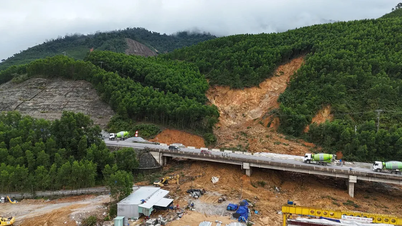
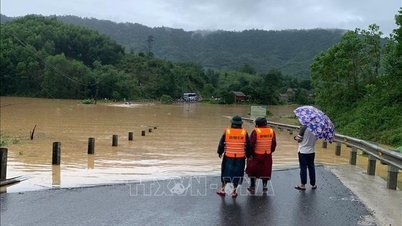

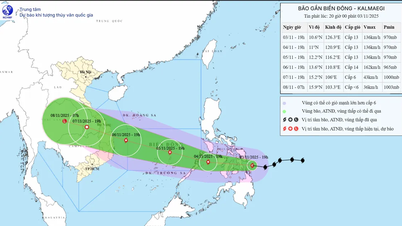






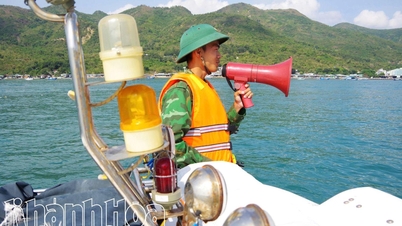












































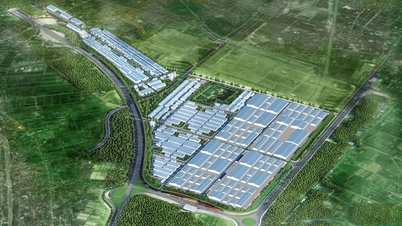











































Comment (0)